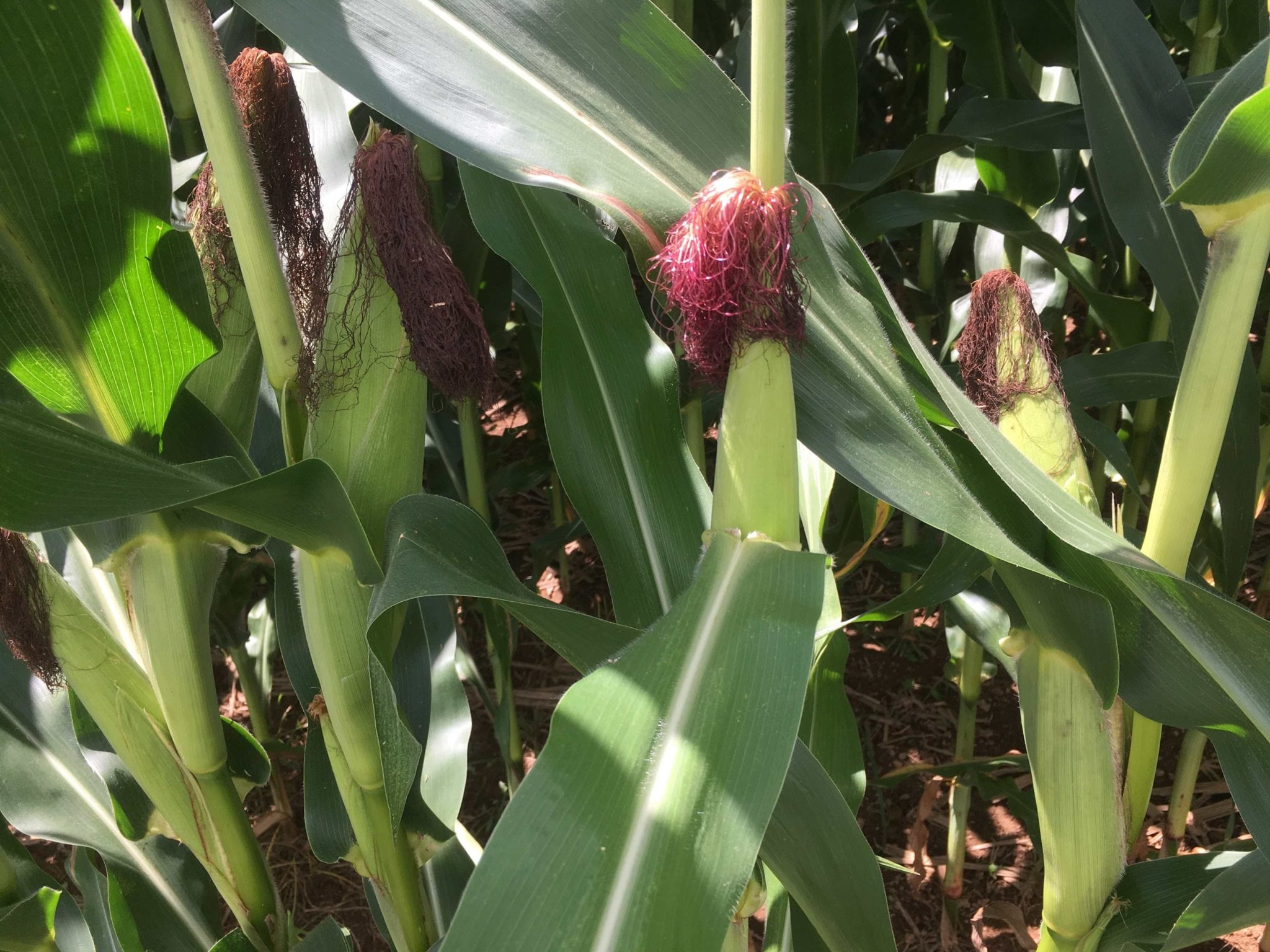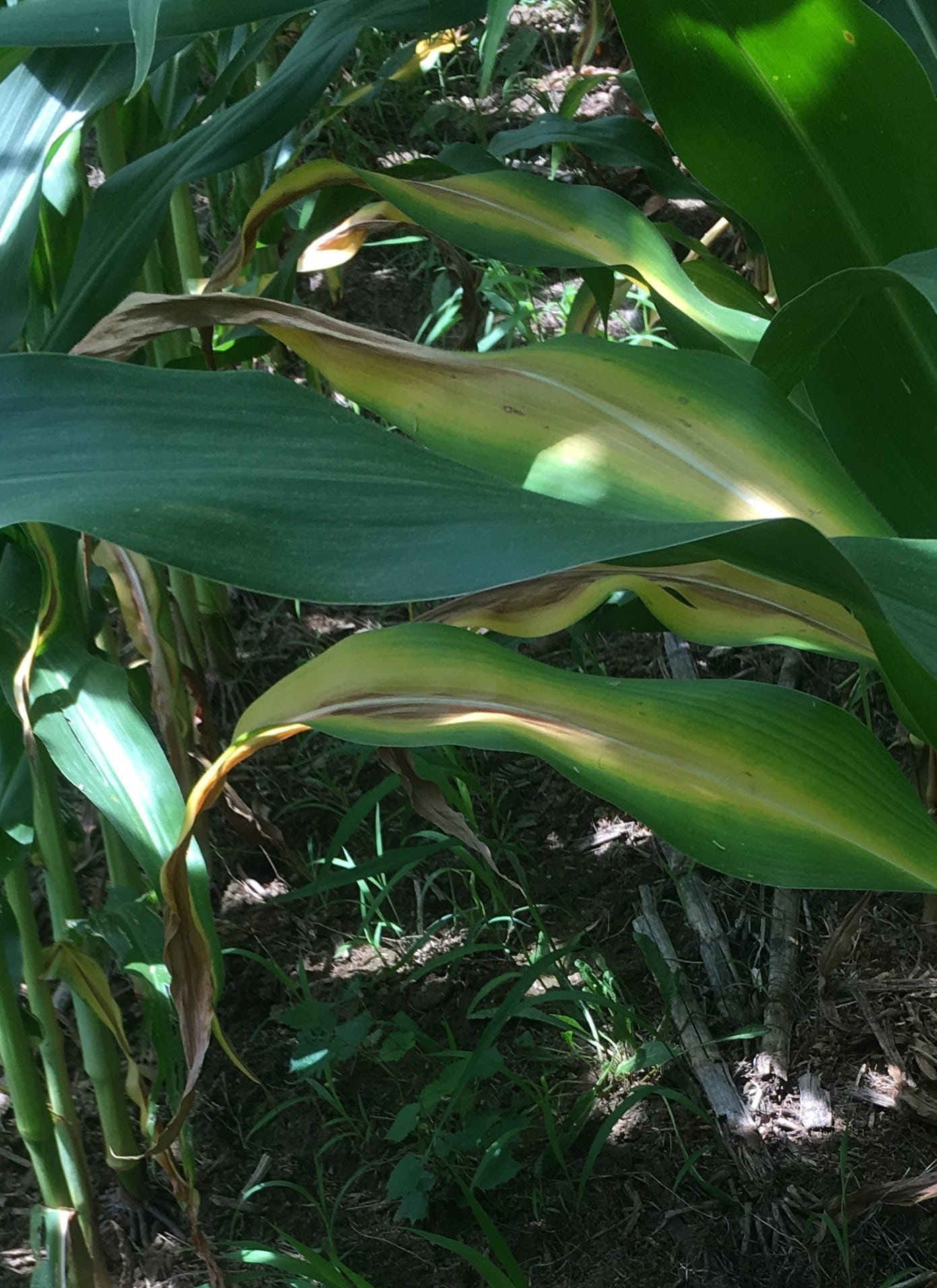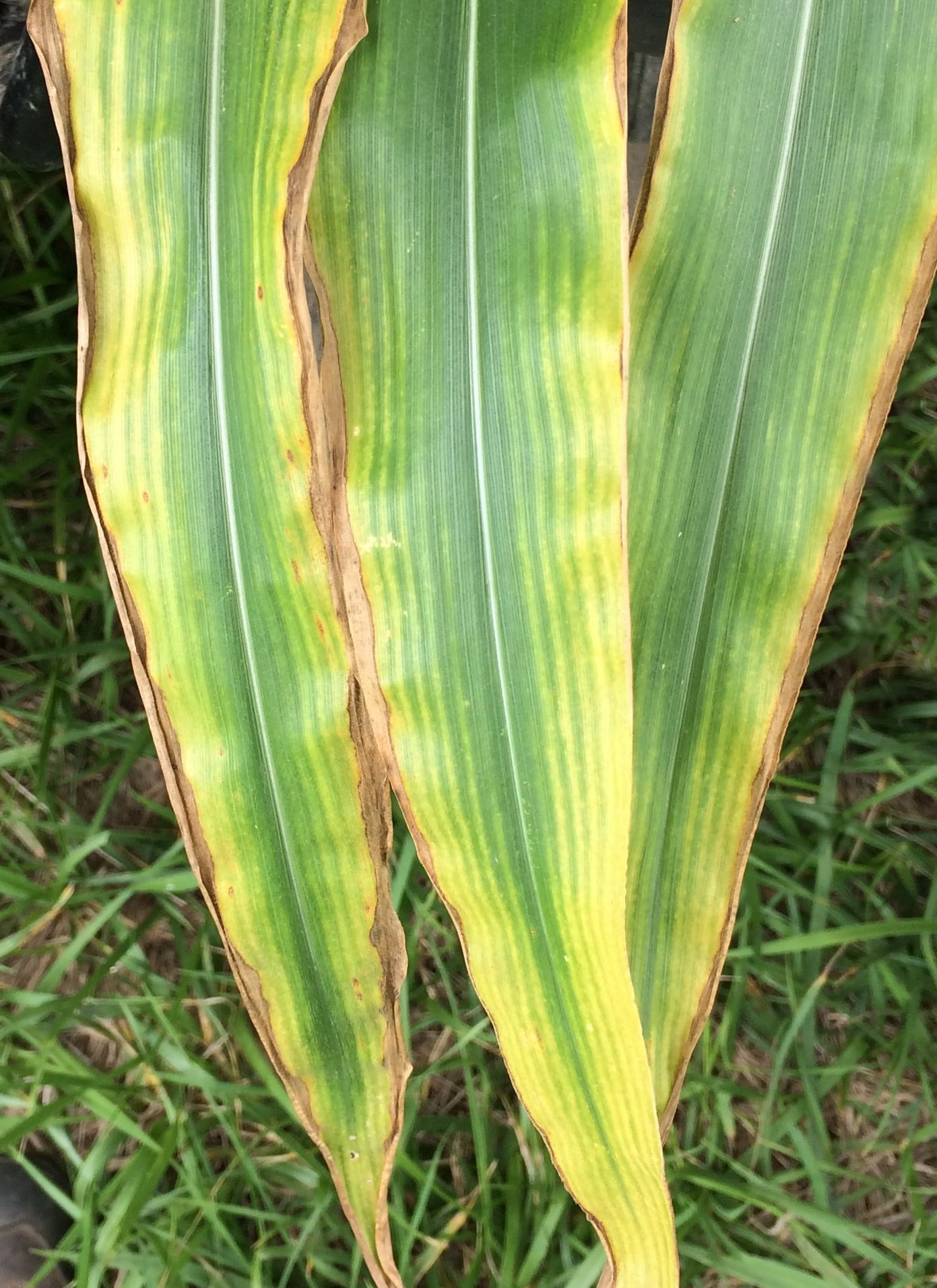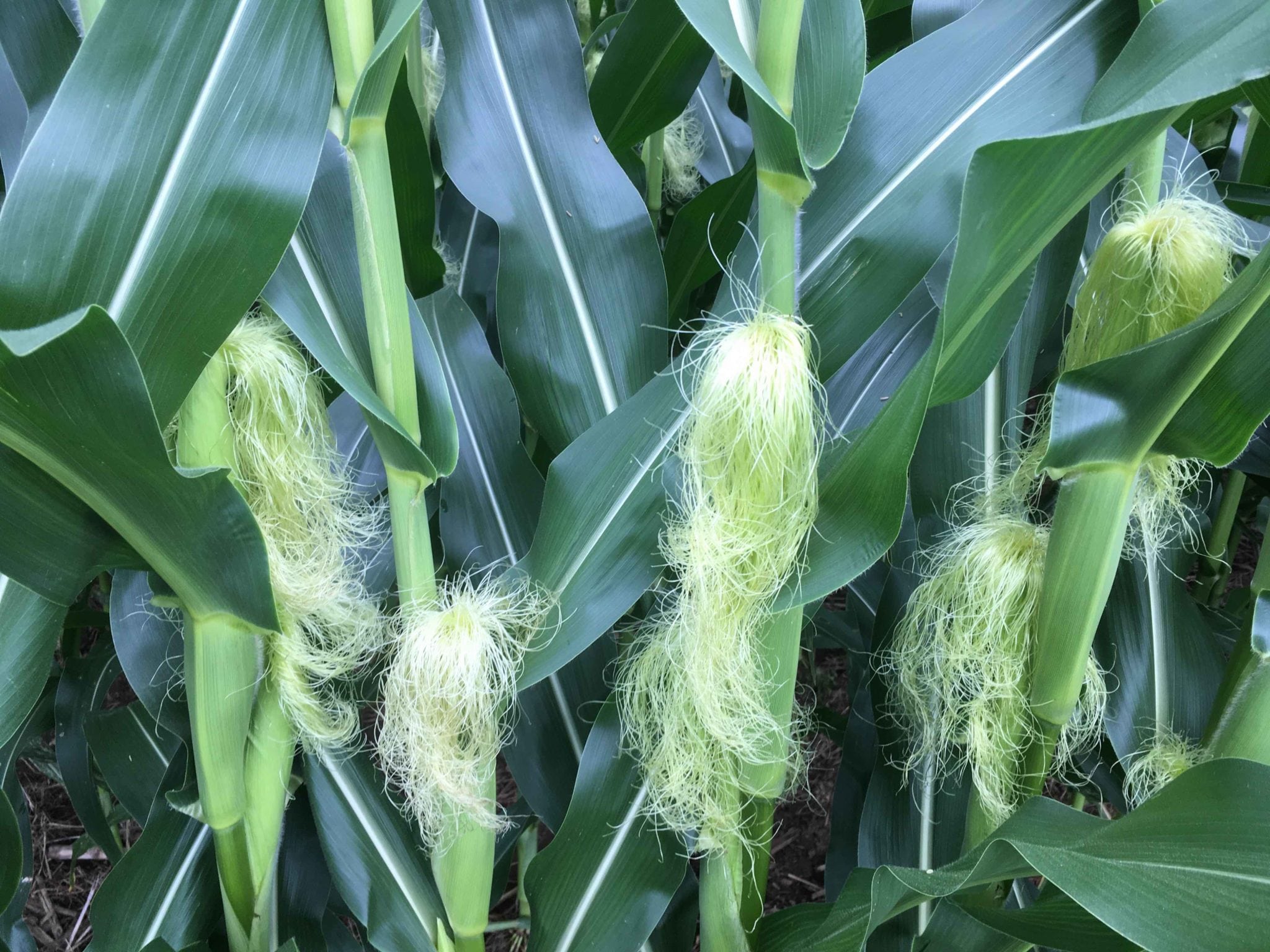Menu
Mid-Season Crop Evaluation
It’s time for the mid-year review. What does your performance look like? As you evaluate your crop and review the management decisions you’ve made, here are a few things you might want to look for as you are out standing in your fields.
Ear Counts vs Stand Counts
Uniform emergence is critical to uniform ear size and placement.You fine-tuned your planter, and made every effort to establish a picket fence stand, but is that what you got?
The planting season and early spring weather made it difficult to establish optimal stands in 2017. Along with the difficult weather patterns, many growers were challenged with slug feeding and other factors that contributed to erratic stands. So, as you walk your fields, you likely will find some small ears or undeveloped ears that indicate uneven emergence or slug feeding early on. Your planter may have performed just fine, but you were overruled by other factors.

Root Zone Issues
Take a shovel along and look below the surface. Any sign of limited root growth can indicate tight or compacted soils. Limited root growth will also affect the plants ability to extract nutrients from the soil. Healthy roots are white and grow at a 45-degree angle. Twisted, kinky looking roots indicate tight soil. How deep are your roots penetrating? How deep was you seeding depth? Are your brace roots at or above the soil line? Ideally, you want your planting depth to be deep enough that the brace roots are expressed at the soil line, anchoring the plant and pulling up nutrients.
Fertility
Look for symptoms of deficiency
Nitrogen – Summers like this where we have excessive rainfall events, put a lot of pressure on nitrogen management programs. Multiple applications of nitrogen timed to meet the demands of a maturing crop, prove very beneficial under these conditions. If you are not already using nitrogen stabilizers, consider using them in the future. Products like N-Ergize prevent the leaching and denitrification of the nitrate, enabling you to maximize yields.
We’re seeing quite a few locations where the crop has run short of nitrogen early in the grain-fill period, and this will have an impact on yield.

Potash Levels
Potash shortages continue to be a challenge across much of the Mid-Atlantic region. We’ve had excellent yields over the past 5 years or so, and many growers are removing more potash than they are re-applying, which depletes the soil bank of this very important nutrient. Test your soils and carefully evaluate your crop to keep potash levels in balance.

Insects
Look for Japanese beetles, Corn Root worm beetles, Fall Army worm, Corn Ear worm, and stalk bore. A few quick things to look out for – Have the silks been pruned? If so, do you see any jap beetles or corn root worm beetles around? Did silk feeding affect pollination?
Even if you are using BT traits to control corn rootworms, most of those traits do not control the hatch of the corn rootworm beetles, which feed on silks and pollen. If you find multiple rootworm beetles per plant, you should consider using additional rootworm protection the following year in corn or rotate to another crop species. Also, if you have a heavy infestation of jap beetles, they will lay their eggs and become white grubs that feed on roots the following spring. So, mark those fields and take necessary precautions to protect the crop the next season.
Pollination & Tip Fill
Pollination issues can stem from multiple issues, such as insect feeding, excessive heat stress, excessive rain.
Pollination starts at the butt of the ear and extends out toward the tip. Sometimes you’ll see one end that has been affected, sometimes the whole ear. At times you will see long silks hanging off the ear, which indicates there was stress during the pollination window. Hot temperatures will retard the expression of pollen, while the silks will continue to grow around 1.5″ per day. Once pollination is completed, the silks will change color, and eventually turn brown and crispy. Here is a link that shows you how to determine when pollination is complete.
Tip fill can be influenced by multiple factors such as fertility, moisture stress, heat stress, etc. As the corn plant matures and fills the ear, the ear will pull all the nutrients possible to build yield. If the plant is unable to extract enough nutrients from the soil, it will cannibalize itself and pull all the nutrients that are stored in the leaves and stalk to support yield, but this comes with a penalty. You may see tip back, you may see reduced test weight, you may also experience more lodging issues if the stalk has been compromised.

© PowerAG.com - All Rights Reserved.

